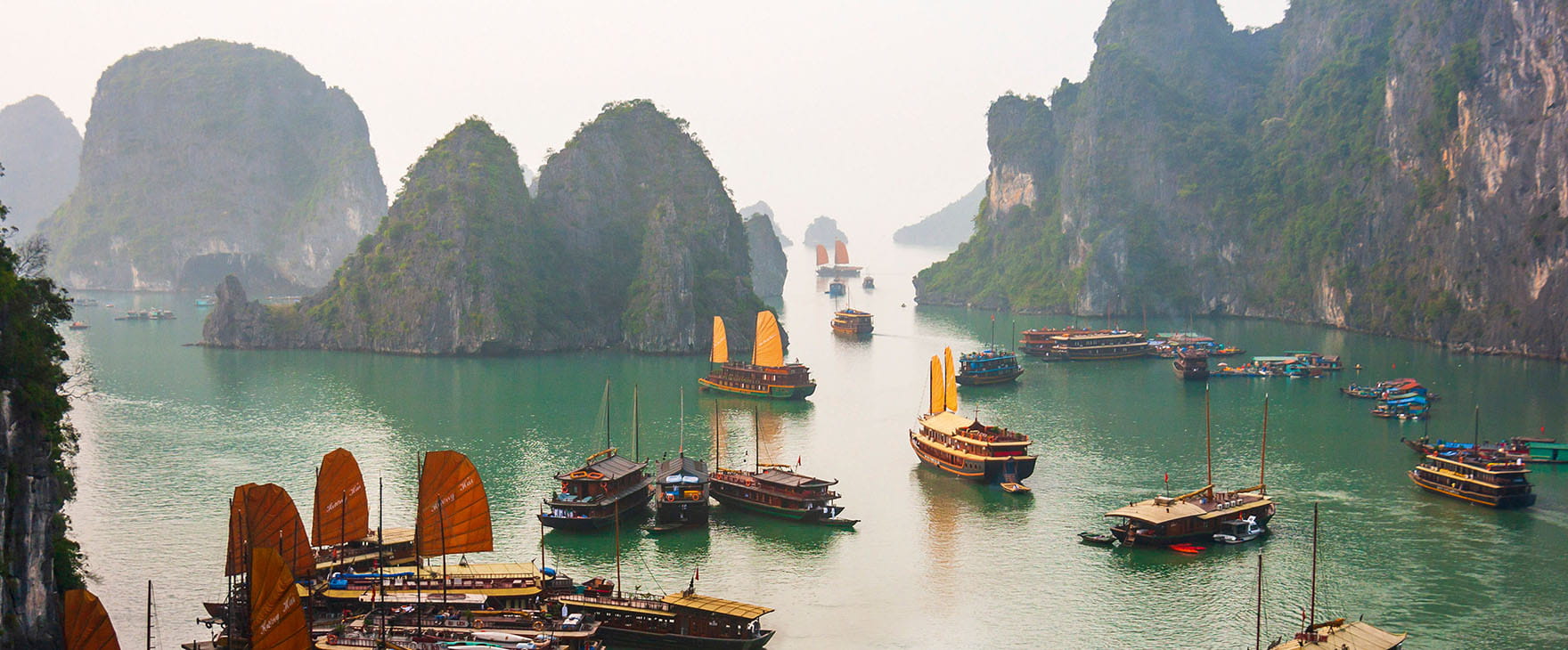
The Soviet-era jeep putters past Hoa Lo Prison amid a buzzing swarm of moped taxis. "In Vietnam, we call motorbike taxis Honda Oms," the driver tells me. "Om means “hug”. You can see how passengers cling to their riders’ backs!"
Hugs aside, Hanoi is a considerably more hospitable place today than it was in the days when Hoa Lo Prison, a filthy, infested place, was notorious among American POWs as "the Hanoi Hilton".
On 30 April 1975, Saigon fell to the communist North Vietnamese – the Americans, who’d supported the South Vietnamese, having withdrawn two years earlier.
With Vietnam now celebrating half a century of peace, there’s never been a better opportunity to travel through this fascinating country.
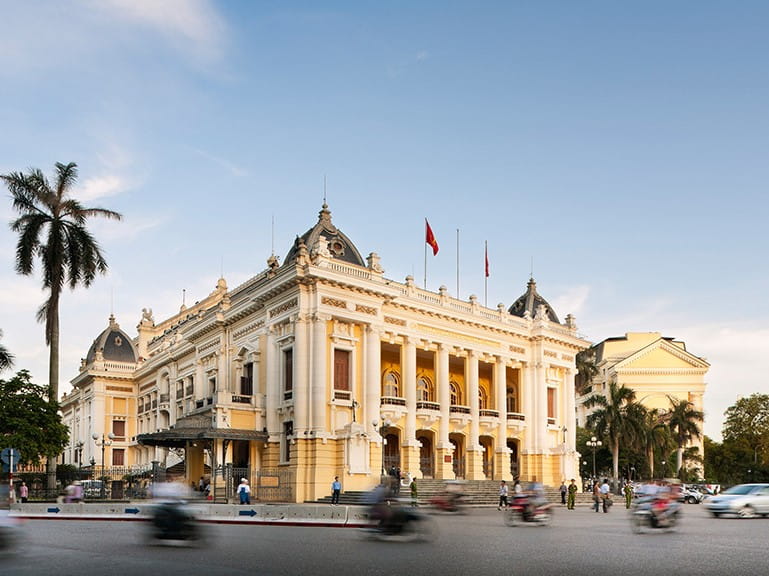
Vietnam curves sinuously, like a rearing dragon, down the South China Sea, and a 1,000-mile journey from Hanoi, Vietnam’s capital city in the north, down to Ho Chi Minh City (best known as Saigon) was an experience I didn’t intend to rush.
The sightseeing tour in the vintage jeep had proved an iconic introduction to old Hanoi and now, before I turned southwards, I intended to take to the waters of Halong Bay, where 1,133 jagged limestone karst islands spear the sky like the proverbial dragon’s teeth. As a tropical sun dipped below the yardarm that evening, I sipped a frosted glass of Hà Nôi beer on board one of the country’s iconic flat-bottomed junks.
While many travellers choose to fly between the main hubs, a more evocative experience – and a poignant reminder of half a century of peace – is to be found on the Reunification Express.
Rather than making the bumpy 16-hour rail journey south to Da Nang in economy class, I had booked a bunk in a sleeper cabin. It turned out to be a great way to meet local people; as we rattled towards what was once the DMZ (the ‘demilitarised zone’ between north and south Vietnam), I was delighted to realise that the Reunification Express could just as easily have got its name from the locals from all walks of life who ride the rails.

Da Nang, almost 500 miles south of Hanoi, is usually overlooked by visitors but I wanted to visit My Khe beach and to rent a surfboard at the spot that was known to off-duty American soldiers as "China Beach".
Even today, as then, Da Nang fishermen still tackle the waves in little woven rowing boats known as thung. It’s said that when the French colonial rulers instigated a taxation on boats, the wily Vietnamese responded with these completely circular vessels (with neither bow nor stern): "That’s not a boat," they told the French tax-collectors. "It’s just a basket!"
Having negotiated a deal with a fisherman, I learned first-hand that tackling the China Beach breakers in a thung is a nerve-racking experience. It was almost a relief after this to hop on a "Honda hug" taxi-bike for the one-hour ride to the historical town of Hoi An. (Fear not, the journey can also be done very easily in a taxi.)
An infinitely more relaxing boating trip awaited in Hoi An, where I clambered into a little rowing boat for a sunset jaunt along the Thu Bon River. The boatwoman puffed contentedly on her cheroot and, when I convinced her I should take a turn at the oars, reassured me that the eyes painted on the boat’s bow would automatically protect us from collisions. Despite my scepticism, it turned out that she was right.
Situated as it is in the heart of the country, Hoi An seems to combine the best of Vietnam’s culinary traditions. If you want to take part in one of Hoi An’s celebrated cookery classes, however, you’d do well to avoid the word "yummy". Only after I’d repeated it half a dozen times did the young lady serving as instructor-chef work up the courage to correct me: ‘Don’t say that,’ she said bashfully. ‘In Vietnam, it means “horny”.’
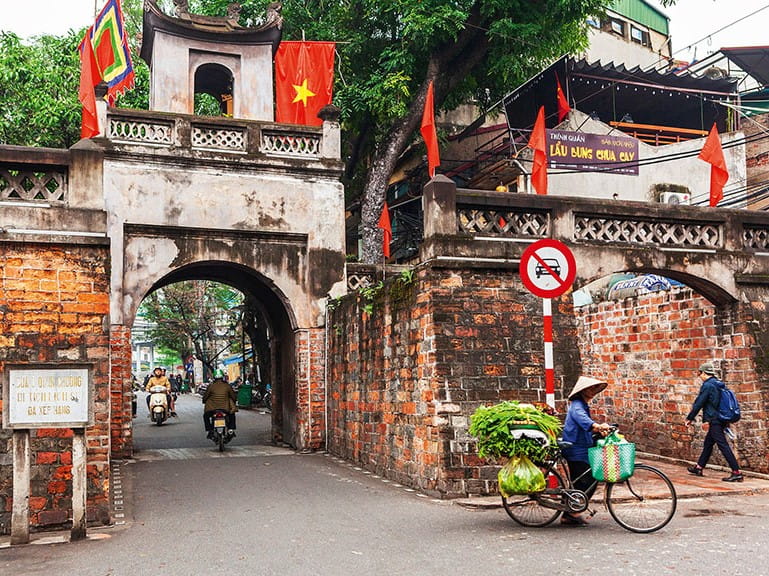
I could have made the flight to Ho Chi Minh City in about an hour but given my determination to see as much of the country as possible, I opted instead for 16 hours on a night bus. Vietnam has some of the most comfortable long-distance buses on the planet: there are tourist-style sleepers, where you slip into ergonomic plastic cocoons, and simpler ones with three rows of bunk beds. While these latter might appear unnervingly like mobile hospital wards, they have the benefit of a running commentary from fellow travellers.
You won’t have been in Vietnam’s southern city for long before you’ll have dropped the whole "Ho Chi Minh City" mouthful and adopted the "Sài Gòn" that’s still used by nearly all the nine million inhabitants. For those of us who grew up during the almost 20-year conflict that the Vietnamese refer to as "the American war", old Saigon is an evocative place.
This was my third visit and, although I was staying at a hotel downtown, I made my habitual breakfast-time pilgrimage to the Hotel Continental for a café au lait and pain au chocolat on the roadside terrace that war correspondents referred to as "the Continental Shelf".
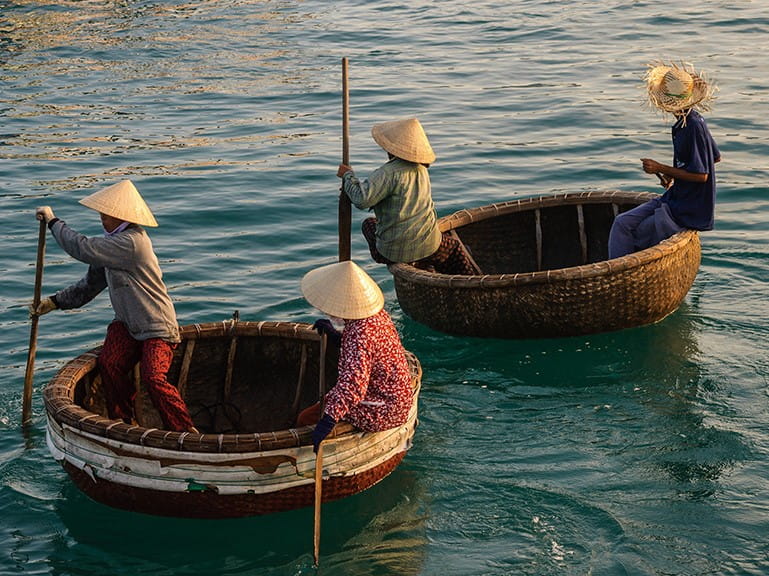
Half a century has passed since the "Fall of Saigon", and Vietnam has come a long way in consigning those dark days (and the equally traumatic subsequent decade of "re-education camps") to history.
I’d visited the harrowing War Remnants Museum and the haunting Viet Cong subterranean hideaways at Cu Chi Tunnels during previous visits, so this time I planned to spend my last few days on another (this time much smaller) junk.
The Mekong Delta in southern Vietnam was once a fiercely contested war zone, but now a leisurely voyage among the fishing hamlets, floating markets and tangled islands in Cái Bè district is the ideal way to embrace peace.
Vietnamese Discovery is Saga Travel's small-group Vietnam tour which showcases the very best of Vietnam.
On this 17-day tour, you’ll explore Hanoi’s labyrinth Old Quarter and Ho Chi Minh City’s Parisian-style boulevards. Visit a rural farm, sample salt coffee and sail the serene waters of Halong Bay and Lan Ha Bay on an unforgettable 2-night cruise.
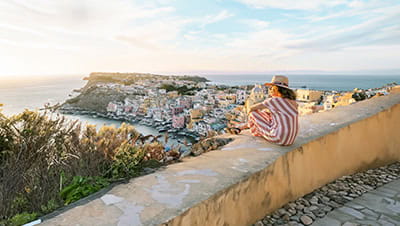

Booked your trip and thinking about travel insurance? When you're looking to compare travel insurance, don't settle for less.

Every issue of Saga Magazine is packed with inspirational real-life stories, exclusive celebrity interviews, brain-teasing puzzles and travel inspiration. Plus, expert advice on everything from health and finance to home improvements, to help you enjoy life to the full.
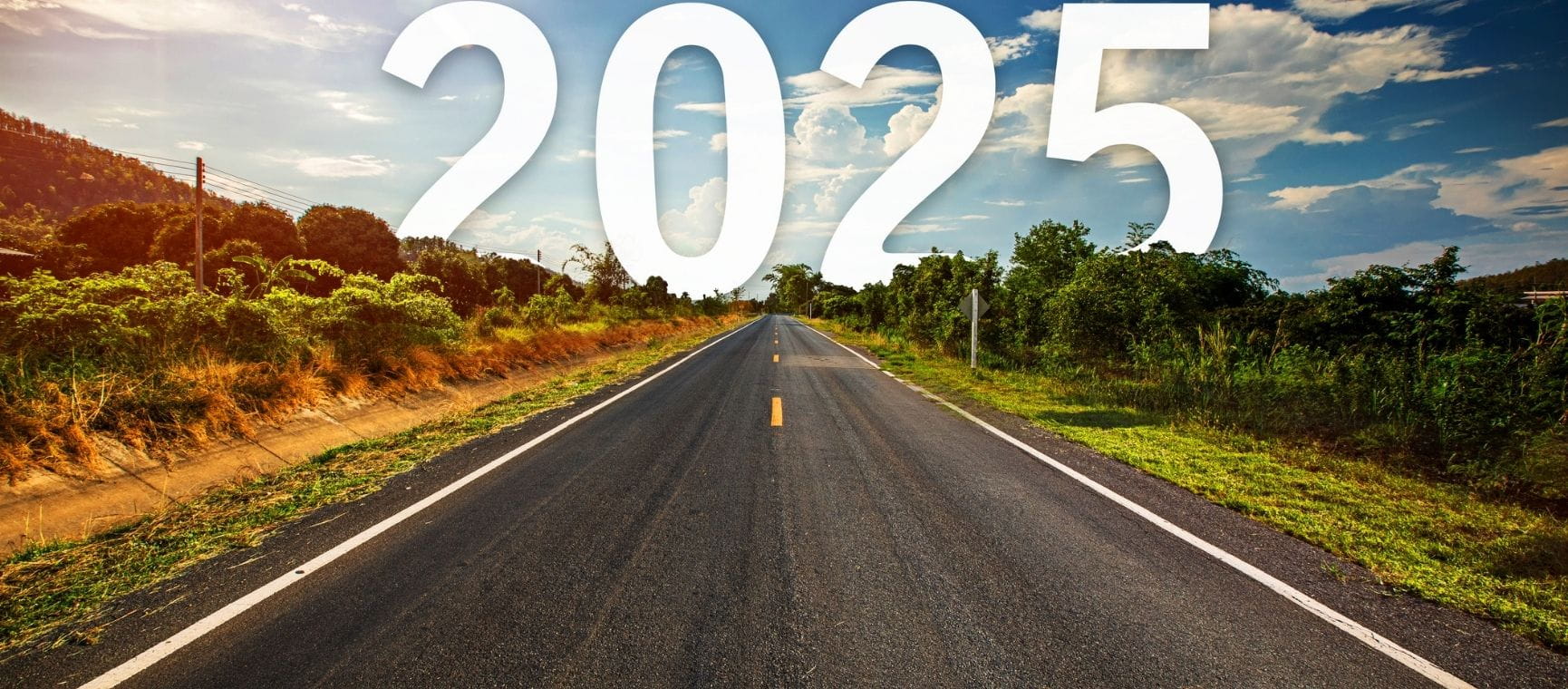
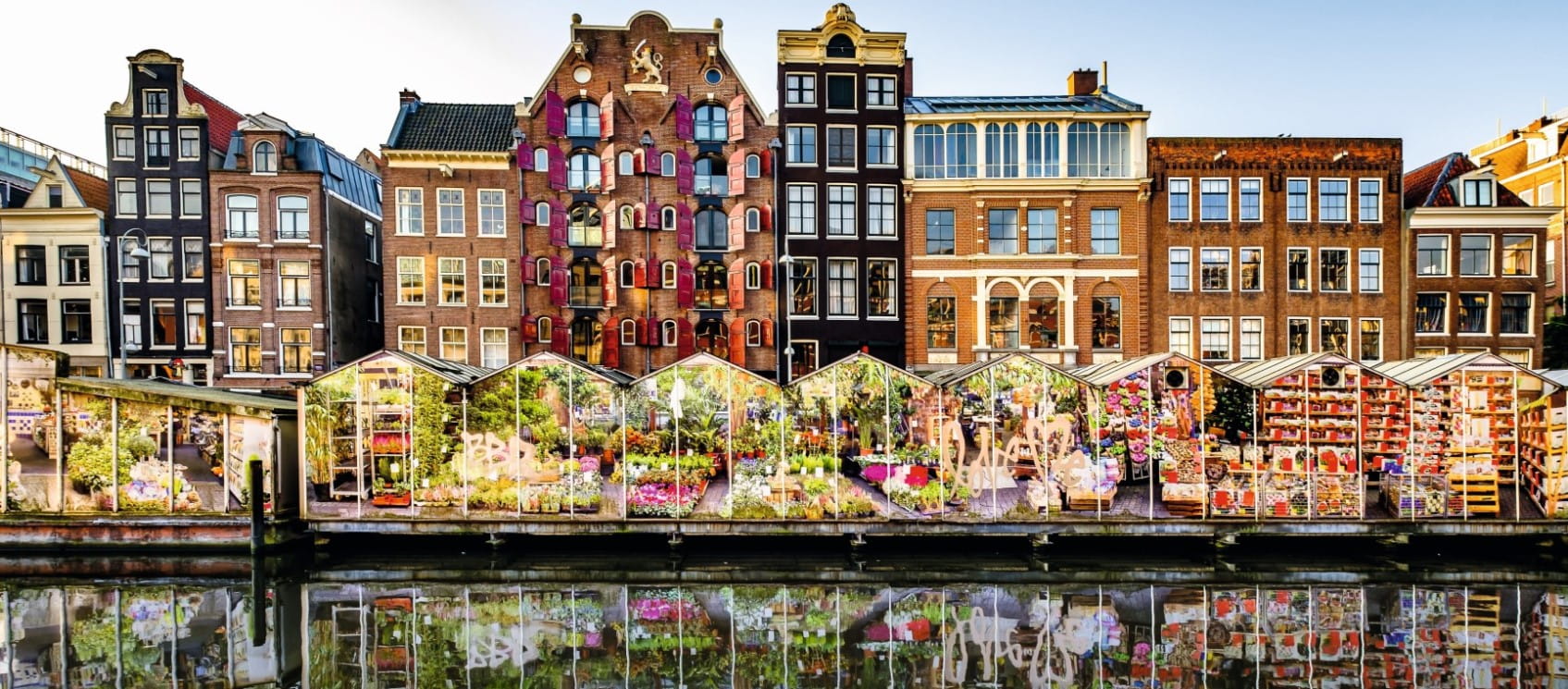
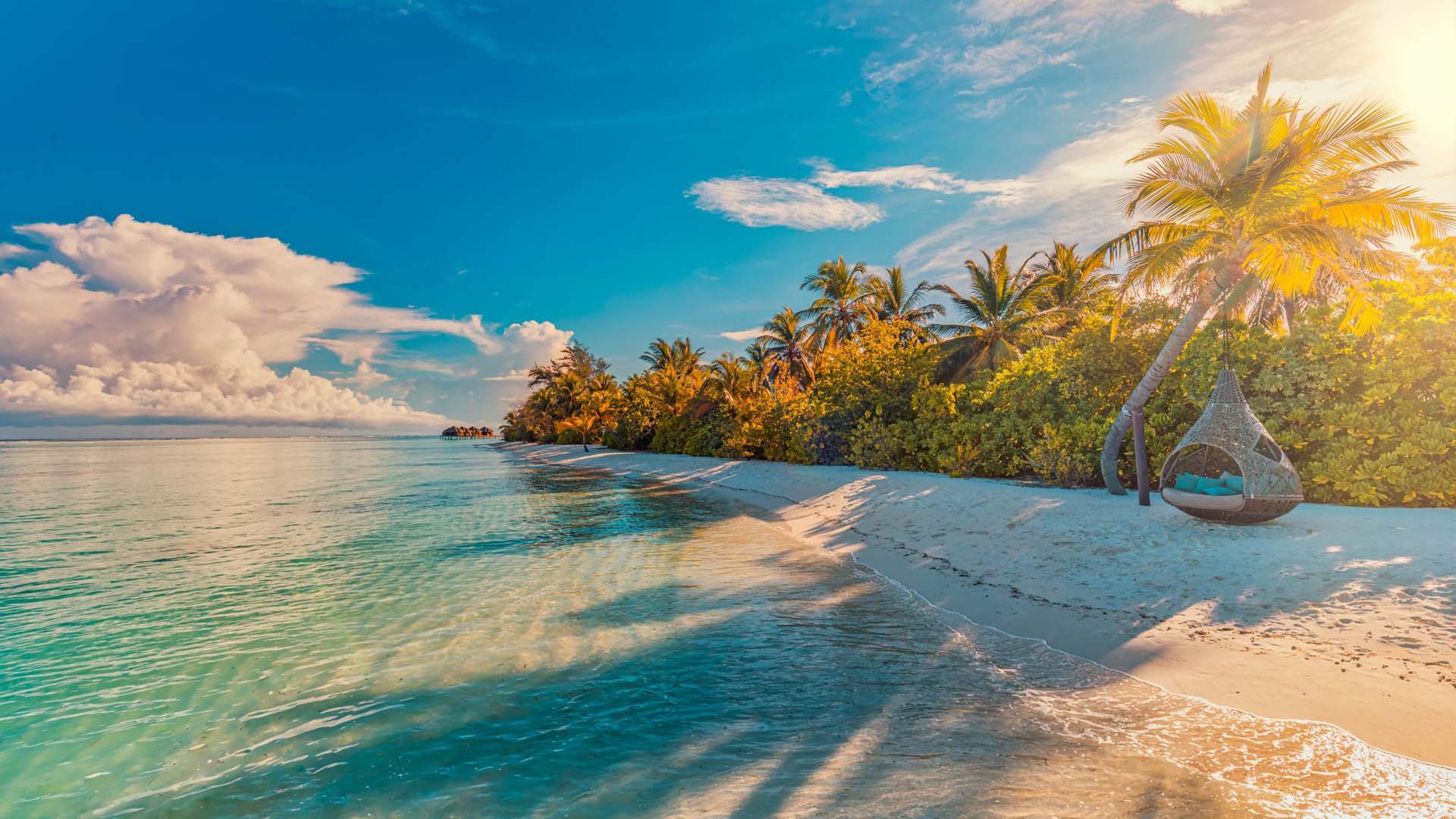
Whether your perfect beach holiday is just sun, sea and sand, or if you like a bit of sightseeing, shopping or snorkelling thrown in, one of these might be your ideal destination.
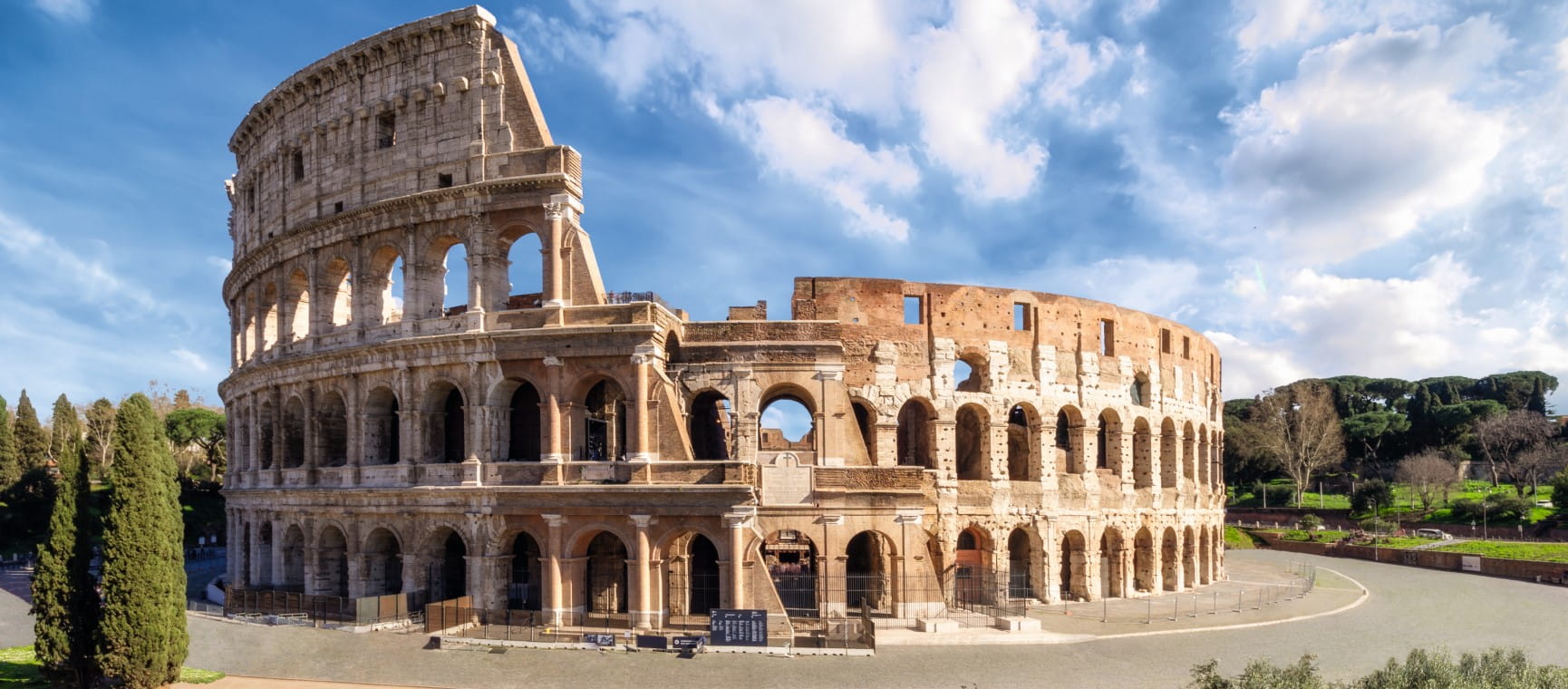
Jetting off to Italy’s ‘Eternal City’? We reveal the best places to visit in Rome, from ancient temples to al fresco dining with a view.


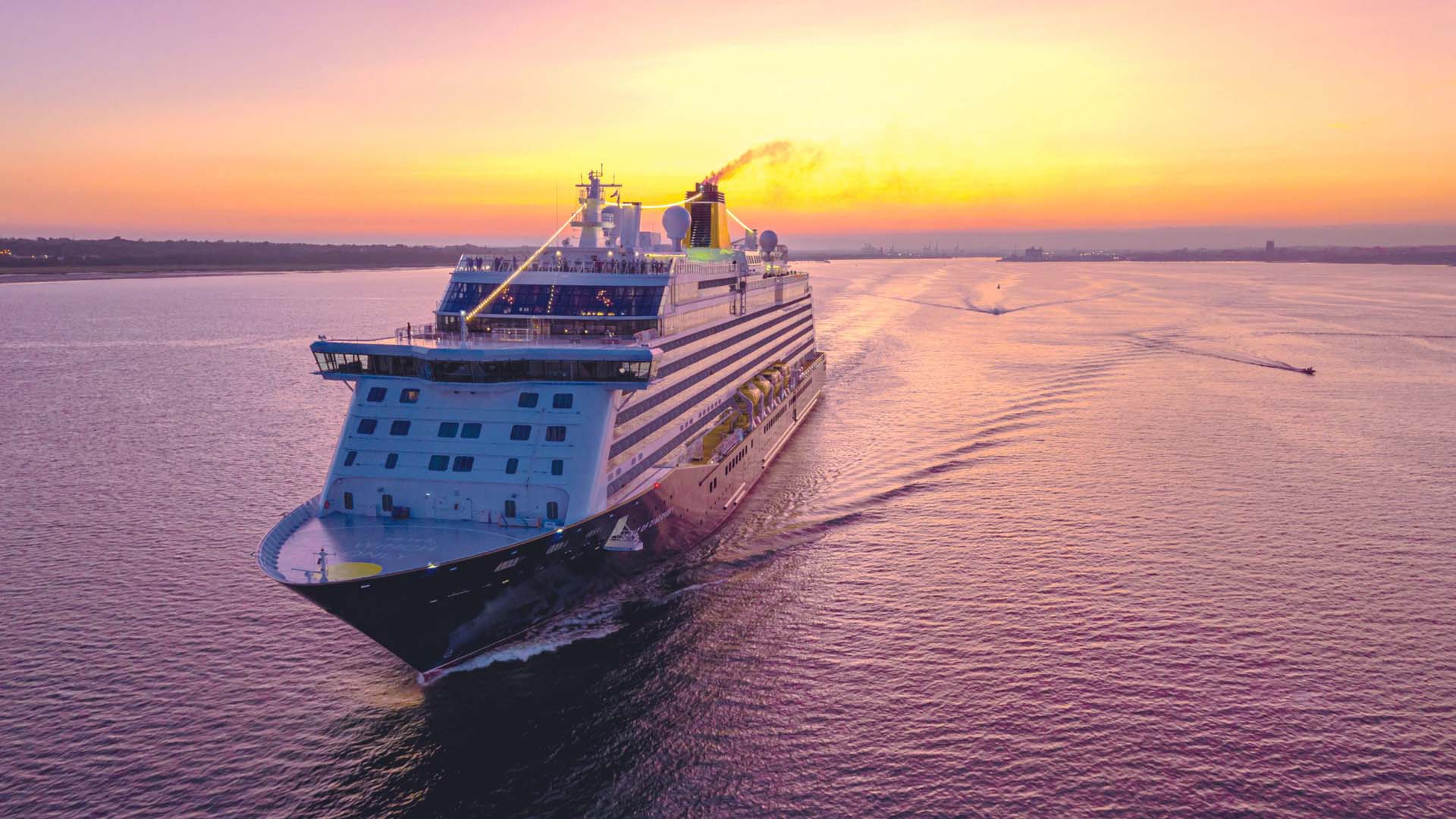
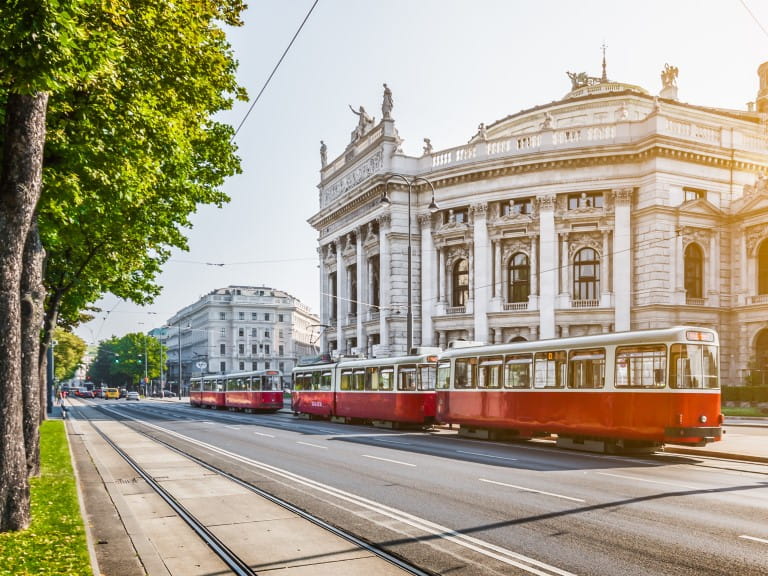

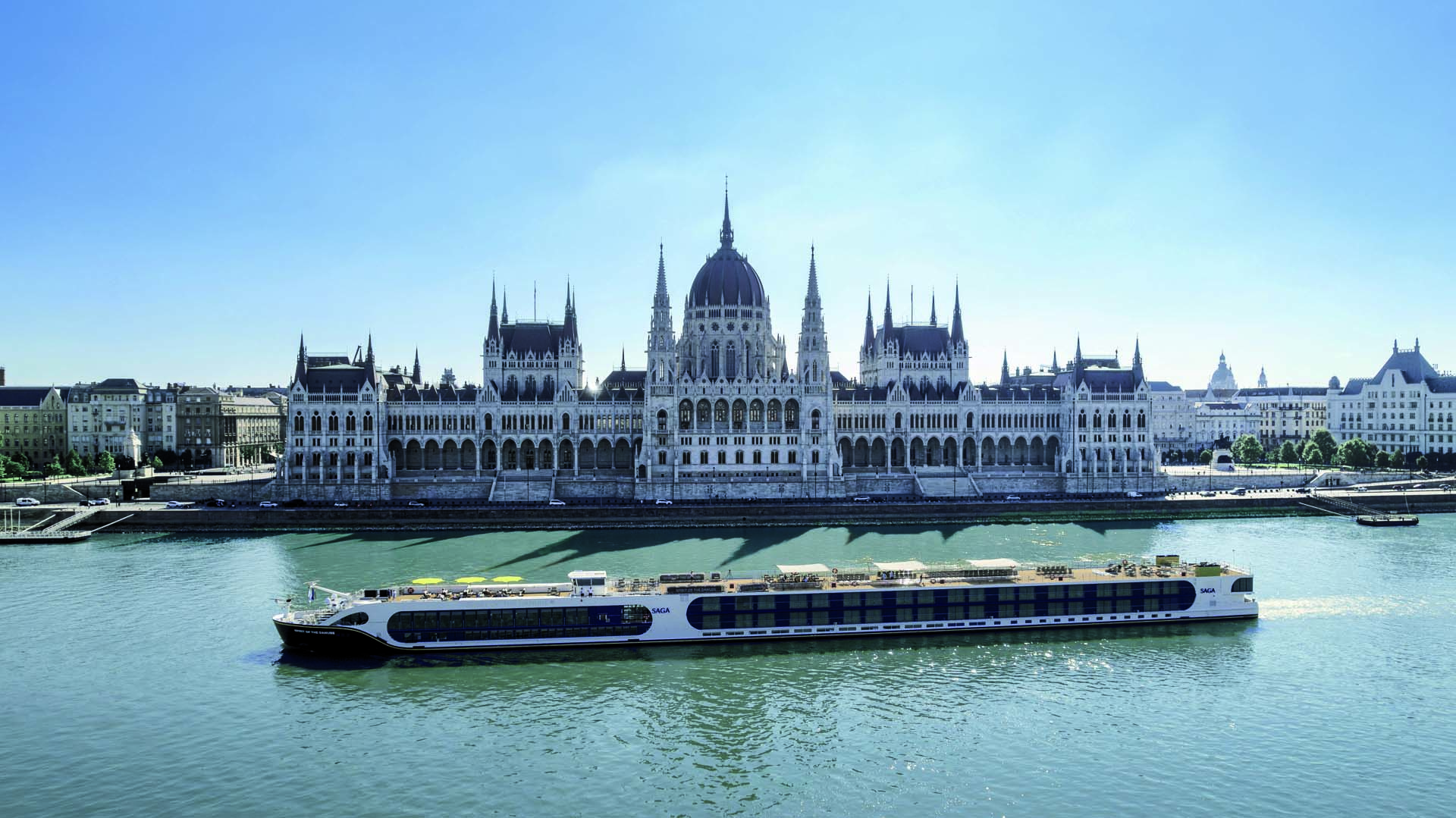
A different destination every day - why a river cruise could be your perfect summer holiday.
